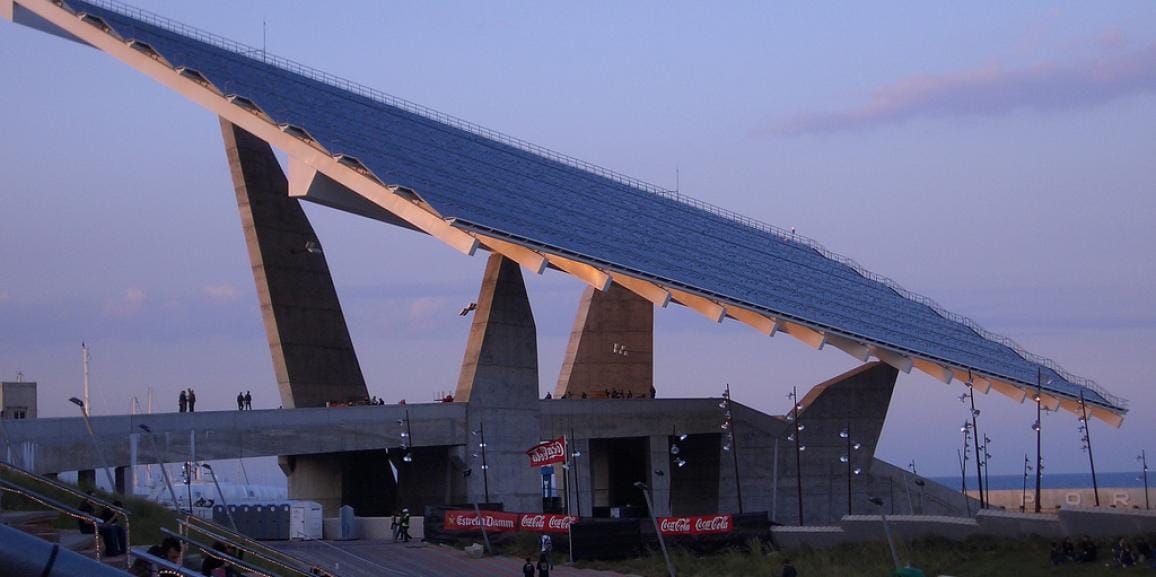The art of paper cutting, or Kirigami, is an extremely skilled ancient Japanese art form the creates beautiful pieces with just paper and a cutter. Artists transcend two-dimensional space to create flawless images, sometimes thinking about their piece backwards, from finish to start, in order to engineer it correctly. While Kirigami maintains itself in the art world, its technique can be applied to many other fields, such as science. Well, even more specifically, the world of solar.
Scientists have developed what’s known as the Kirigami structure. Through this design, the solar system is more efficient and able to generate a lot more power than standard solar cells seen on rooftops across the country. The best benefit of these flexible solar panels? These Kirigami solar cells are expected to lead to a 20 to 40% increase of energy.
An up-close look at the thin-film solar cells on the kirigami structure.
Design of the Cells
Strips are cut into the solar cells and consequently pulled outwards on both sides, causing the cells to bend up towards the changing direction of the light. The waves these cells create track the sun. As the sun moves throughout the day, so do these solar cells, ensuring that as much light as possible is absorbed. While mechanisms that allow solar panels to track the sun, known as single-axis solar tracking, already exist, they involve tilting the entire solar panel. The Kirigami structure only move the cells, providing a much easier installation and operation.
The Future of Kirigami Structured Cells
While this technology allows solar power to be even more efficient than it already is (therefore more cost effective for consumers), it’s still in the groundwork for mass implementation by solar panel manufacturers. At the moment, this technique is expensive to implement and still needs minor improvements, such as durability against natural forces such as wind. However, the possbility of seeing these kirigami-style solar cells is not impossible, as they are seen in various places already, such as on spacecrafts.
[adinserter block=”1″]
This post originally appeared on JNA Solar Solutions’ blog.

